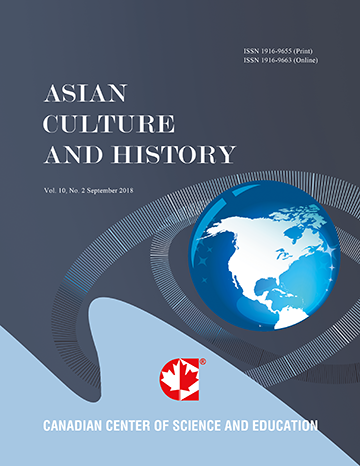Preliminary Study on Geoarchaeology of the Batu Kalde Temple, Pangandaran, West Java, Indonesia
- Eko Yulianto
- Purna S. Putra
- Septriono H. Nugroho
- Yayat Sudrajat
- Agus Men Riyanto
- Yuka N. Cahyaningtyas
- Januar Ridwan
- Amar -
Abstract
The Batu Kalde Site is a ruin of Hindu Temple in Pangandaran, West Java, Indonesia. Despite it has been reported since 1915 and subsequently studied by several archaeological teams, a lot of aspects including geoarchaeology of this temple are still unrevealed. This preliminary study was an overview of general aspects of geoarchaeology of the temple. The result shows that the temple was constructed before the 14th century by a population of farmers and fishermen lived on the fertile coastal plain of Pangandaran in south coast of Java Island. The temple was constructed in a narrow coastal plain of a small island on a Quaternary marine sediment offshore of the present Pangandaran coast. The existing tombolo morphology of Penanjung has not been completely formed when the temple was being constructed. The temple was constructed using bedded sandstone of the Pamutuan Formation quarried from outcrops in the vicinity of the temple. This study shows that utilization of materials from local available resource might have been a model of temple construction within the classical period in the period of between the 7-14th century in West Java, Indonesia.
- Full Text:
 PDF
PDF
- DOI:10.5539/ach.v15n1p99
Journal Metrics
Google-based Impact Factor (2017): 5.42
h-index (January 2018): 11
i10-index (January 2018): 21
h5-index (January 2018): 6
h5-median (January 2018): 9
Index
- Academic Journals Database
- CNKI Scholar
- COPAC
- EconPapers
- Elektronische Zeitschriftenbibliothek (EZB)
- Excellence in Research for Australia (ERA)
- Genamics JournalSeek
- Google Scholar
- Infotrieve
- LOCKSS
- MIAR
- NewJour
- Open J-Gate
- PKP Open Archives Harvester
- Publons
- RePEc
- Scilit
- SHERPA/RoMEO
- Standard Periodical Directory
- Technische Informationsbibliothek (TIB)
- The Keepers Registry
- Universe Digital Library
- WorldCat
Contact
- Ivan YongEditorial Assistant
- ach@ccsenet.org
